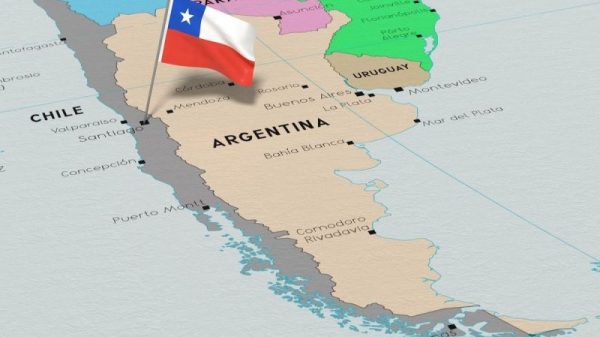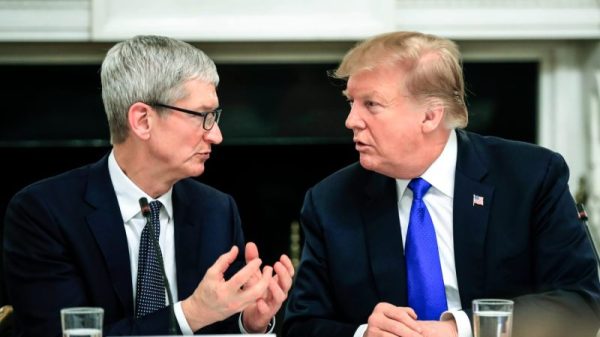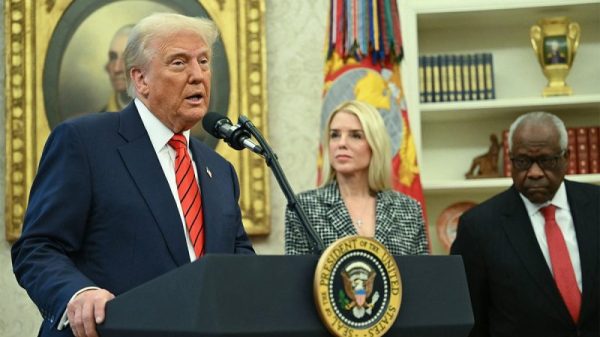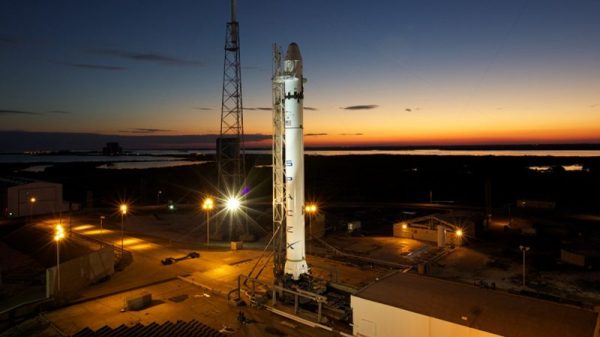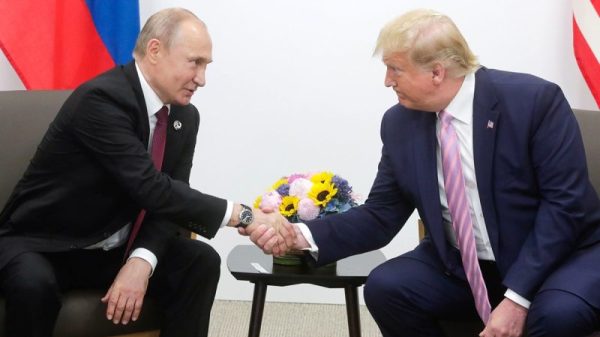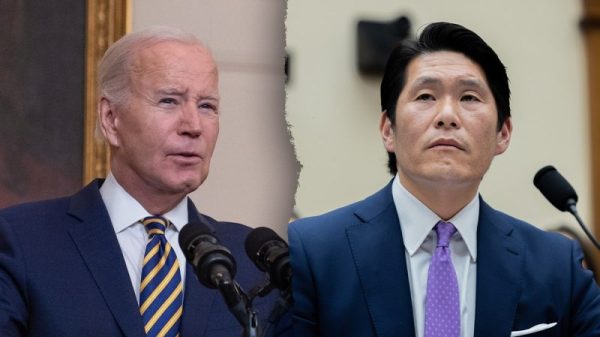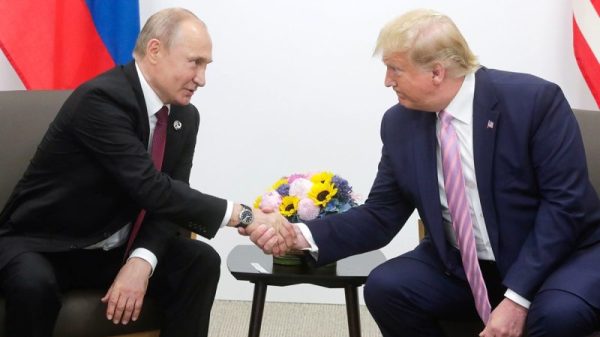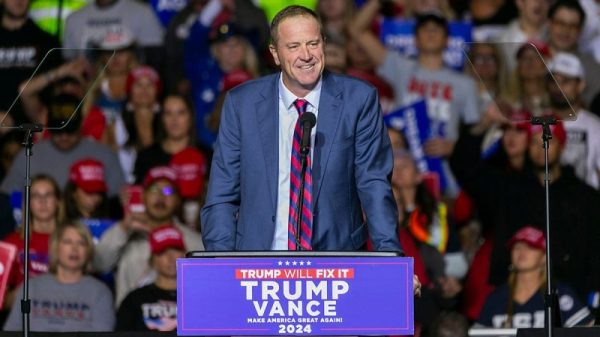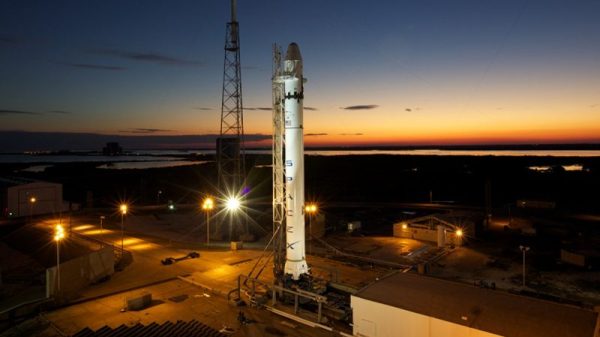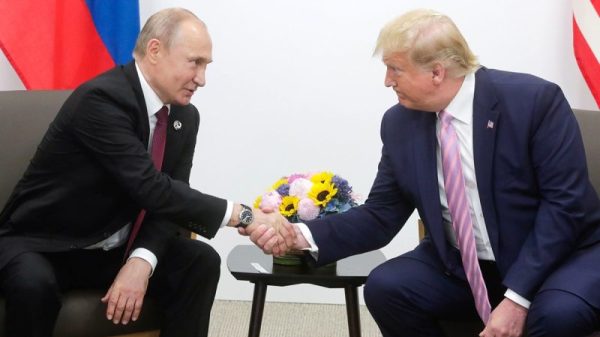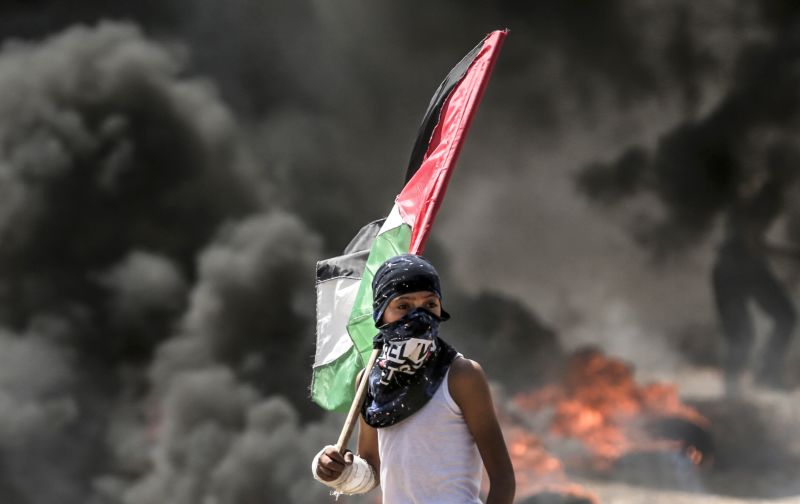Israel is gearing up for the next stage of its war on Hamas, following the Palestinian militant group’s brutal October 7 attacks that killed 1,400 people.
Following a week of unprecedented airstrikes on the Gaza Strip, which have killed more than 5,000 people according to Palestinian health authorities, Israel is massing troops and military equipment on its border with the Hamas-controlled enclave and has warned some 1.1 million people in the northern half of the strip to evacuate, according to the United Nations.
As Israel prepares for a ground offensive into Gaza, here’s what you need to know about the 140 square-mile enclave – one of the most densely-populated territories on Earth.
What is Gaza?
Gaza is a narrow strip of land, only about 25 miles long and seven miles wide – just over twice the size of Washington DC.
To its west lies the Mediterranean Sea, to its north and east is Israel, and Egypt is to its south.
It is one of two Palestinian territories, the other being the larger Israeli-occupied West Bank, which borders Jordan.
Who lives there?
Around 2 million people are crammed into the 140-square-mile territory. The overwhelming majority of people are young, with 50% of the population under the age of 18, according to the World Health Organization.
Nearly all of Gazans – 98-99% – are Muslim, according to the CIA World Factbook, with most of the rest Christians.
More than 1 million of Gaza’s residents are refugees, with eight recognized Palestinian refugee camps, according to the United Nations Relief and Works Agency, which assists Palestinians.
What is Gaza’s history?
Inhabited for thousands of years, Gaza has been many things: An Egyptian base, a royal city for the Philistines and the place where the Hebrew Samson, betrayed by Delilah, met his death.
It was part of the Ottoman Empire for most of the period from the 16th to the early 20th century, until Britain took control over the Gaza area after World War I.
The most recent contest for the land began at the end of World War II, when Jews fleeing persecution traveled from Europe in search of refuge after the horrors of the Holocaust.
In 1947, the UN created a plan to split the then-British Mandate of Palestine into two lands, one for Jews and one for Arab people. David Ben Gurion, Israel’s founder, proclaimed the establishment of the state of Israel in 1948. More than 700,000 Palestinians fled or were expelled, and most were denied return.
After Israel declared independence, Egypt attacked Israel through the Gaza Strip. Israel won, but Gaza remained under the control of Egypt and the region saw an influx of Palestinian refugees from Israel. Unable to migrate to Egypt and not allowed to return to their former homes in Israel, many were living in extreme poverty.
In 1967, war broke out between Israel, Egypt, Jordan and Syria. During the conflict, which became known as the Six-Day War, Israel seized Gaza and held it for nearly 40 years until 2005, when it withdrew its troops and settlers.
Since then, hostilities have regularly broken out between Israel and Palestinian factions including Hamas.
Who controls Gaza now?
In 2006, Hamas won a landslide victory in Palestinian legislative elections – the last polls to be held in Gaza.
Hamas is an Islamist organization with a military wing that formed in 1987, emerging out of the Muslim Brotherhood, a Sunni Islamist group that was founded in the late 1920s in Egypt.
The group considers Israel to be an illegitimate state and an occupying power in Gaza. Unlike other Palestinian groups, such as the Palestinian Authority, Hamas refuses to engage with Israel.
The group has claimed responsibility for many attacks on Israel over the years and has been designated as a terrorist organization by countries including the United States, the European Union and Israel. The last war between Hamas and Israel was in 2021, which lasted for 11 days and killed at least 250 people in Gaza and 13 in Israel.
One of the group’s biggest funders is Iran, according to the US State Department, which said in a 2021 report that Iran provides around $100 million a year to Hamas, among other “Palestinian terrorist groups.” The group also receives weapons, and training from Iran, as well as some funds that are raised in Gulf Arab countries, the State Department said.
When did Israel’s blockade start?
Despite Israel’s withdrawal from Gaza, since 2007 it has maintained tight control over the territory through a land, air and sea blockade. For nearly 17 years, Gaza has been almost totally cut off from the rest of the world, with severe restrictions on the movement of goods and people.
The blockade has been fiercely criticized by international bodies including the UN, which said in a 2022 report that restrictions have had a “profound impact” on living conditions in Gaza and have “undermined Gaza’s economy, resulting in high unemployment, food insecurity and aid dependency.”
Israel has said the blockade is vital to protect its citizens from Hamas.
“Israel worried that without a blockade, Hamas would have an easier approach to smuggling weapons, to arming itself,” said Bilal Saab, senior fellow and founding director of the defense and security program at the Middle East Institute.
What are the living conditions like?
Even before Hamas’ attacks and Israel’s retaliation on Gaza, living conditions in the enclave were dire.
Human Rights Watch has called the territory an “open-air prison” – Gazans have limited access to healthcare, education and economic opportunities.
Unemployment levels are among the highest in the world, with nearly half of the population unemployed, according to 2022 UN data. More than than 80% live in poverty. “For at least the last decade and a half, the socioeconomic situation in Gaza has been in steady decline,” the UNRWA said in August.
“Beyond the numbers, mental health professionals in Gaza describe a crisis that goes unseen,” said Tania Hary, executive director of Gisha, an Israeli human rights organization that focuses on the freedom of movement of Palestinians.
Yet conditions have become exponentially worse since Israel declared a “complete siege” on the enclave in retaliation for Hamas’ attacks, withholding essential supplies of food, fuel and water.
Life became even more perilous for the 1.1 million Gazans living in the north of the enclave, when Israel told them to evacuate southwards, prompting aid workers to warn of a “complete catastrophe.”
The UN World food Program has warned that it was “running out of supplies” to help people in Gaza. Aid flights have arrived in Egypt near the Rafah crossing on Gaza’s southern border, but only a few convoys have been allowed into the enclave so far.
In the meantime, the death toll continues to rise. More people have been killed in the bombardment of the enclave since October 7 than during the six-week Israel-Hamas war of 2014.


